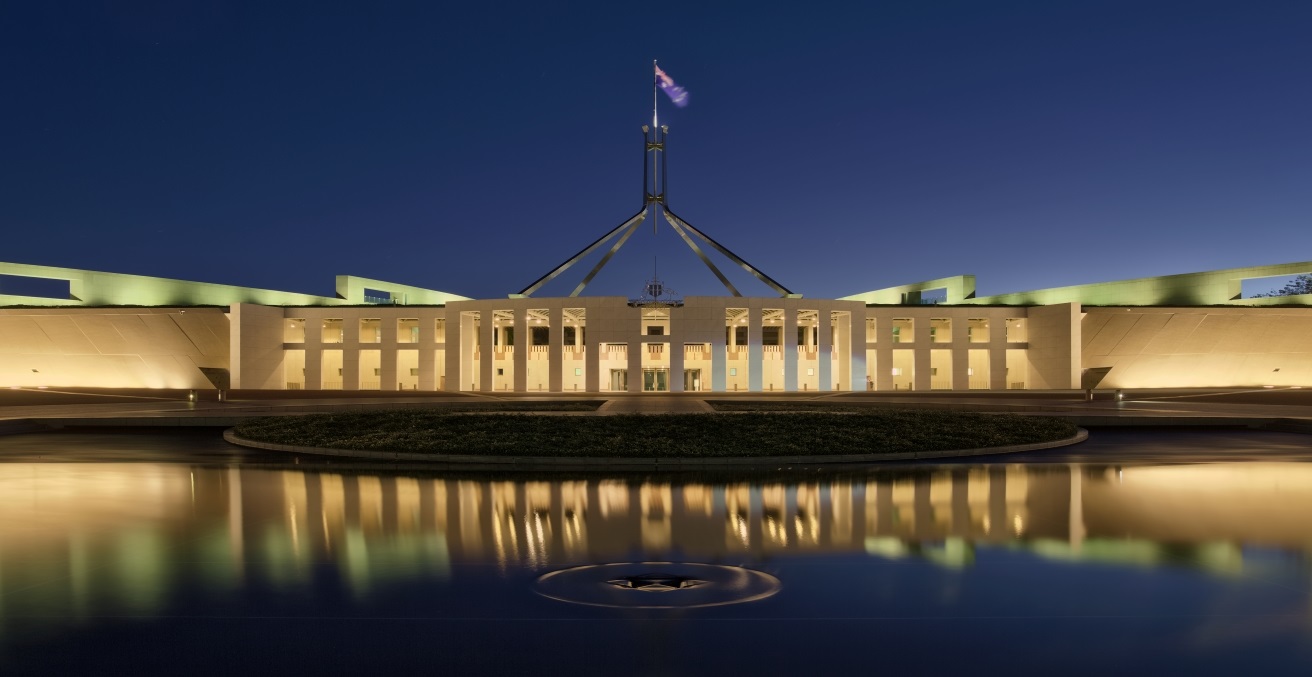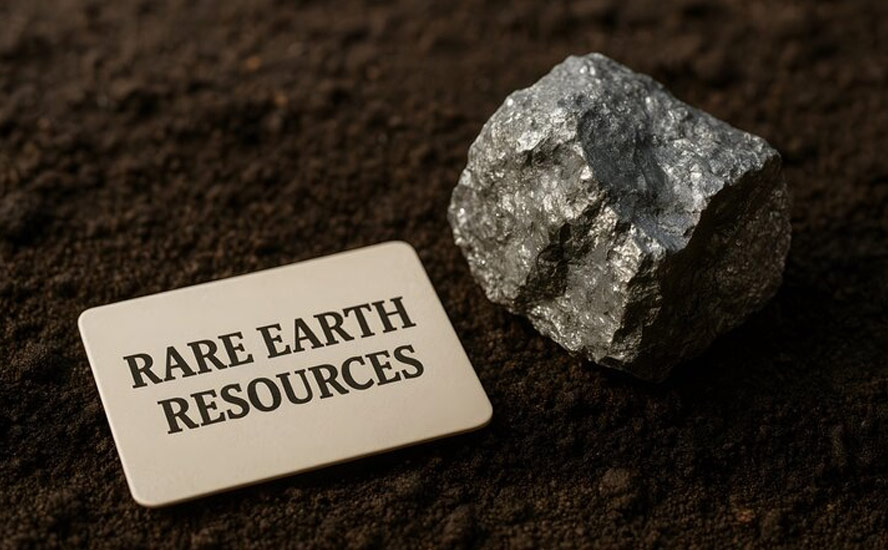Prime Minister Shigeru Ishiba’s meeting with President Donald Trump on 7 February proved to be a historic event, highlighting the deepening ties between Japan and the United States. The summit was the second bilateral meeting of Trump’s current presidency, following his meeting with Israeli Prime Minister Benjamin Netanyahu. The sequence of these meetings sends a clear message: Japan remains a key strategic partner for the US.
Domestically, Ishiba faces significant challenges. His ruling Liberal Democratic Party lacks a majority in the Diet, forcing him to consult with opposition parties on major decisions. Despite Ishiba’s limited political leverage, President Trump prioritised this meeting, underscoring that US strategic interests in Japan transcend the individual that holds the office of prime minister. During the summit, Trump frequently referenced former Prime Minister Shinzo Abe, who played a pivotal role in shaping Japan’s strategic posture in the Indo-Pacific and strengthening bilateral relations with the US during Trump’s first term. Building on this foundation, Trump expressed expectations for Ishiba to continue along the same trajectory.
Despite both leaders appearing to build rapport, their relationship appears to remain largely transactional. Trump, aware that this is his final term as president, and with Ishiba’s position uncertain ahead of the Upper House elections in June 2025, seemed focused more on national interests than on personal ties. This focus indicates that while personal relationships between leaders may fluctuate, the foundational bond between the two nations remains steadfast.
Defence Cooperation at the Core
A central pillar of the meeting was the reaffirmation of the US-Japan security arrangements. In the joint statement, the US reiterated its “unwavering commitment to the defense of Japan, utilizing the full range of its capabilities, including nuclear deterrence.” Special emphasis was placed on Article V of the US-Japan Treaty of Mutual Cooperation and Security, explicitly covering the Senkaku Islands. China also claims sovereignty over these islands, calling them the Diaoyu Islands. The statement expressed strong opposition to any attempts to undermine Japan’s peaceful administration of these islands.
This stance continues the policy articulated by President Joe Biden in April 2024, when he reaffirmed the US’s commitment to Japan’s defence under Article V. At that time, Prime Minister Fumio Kishida pledged to enhance Japan’s defence capabilities and deepen coordination with the US. The recent summit has served to reaffirm that defence cooperation will remain a cornerstone of bilateral relations under the Trump administration.
Broader Strategic Engagement: The Indo-Pacific and Taiwan
Beyond bilateral defence ties, the Trump administration has emphasised multilateral security frameworks, particularly the Quadrilateral Security Dialogue (Quad). Remarkably, the Quad foreign ministers met just one day after Trump assumed office, reaffirming their shared commitment to a “Free and Open Indo-Pacific,” where the rule of law, democratic values, sovereignty, and territorial integrity are protected.
The sequence of diplomatic engagements further reflects the Indo-Pacific’s centrality in US geostrategic planning: Ishiba met Trump on February 7th, Australia’s prime minister held a phone call on 11 February, and India’s prime minister had a bilateral meeting on 13 February.
For the first time, Japan and the US also expressed joint support for Taiwan’s meaningful participation in international organisations—a significant development amid rising tensions over Taiwan’s status.
Economic Complementarities and Challenges
Beyond defence and strategic priorities, economic relations between Japan and the US remain robust. Trump’s focus on attracting foreign investment aligns well with Japan’s status as the largest investor in key sectors like automotive industry, technology and electronics, financial services, healthcare and pharmaceuticals, and manufacturing and machinery in the US over the past five years. Tokyo plans to increase its $783.3 billion investment in the US to $1 trillion. Even contentious issues like US Steel may soon be reframed within this investment dialogue.
Japan is also looking to diversify its energy sources, reducing its 95% dependence on the Middle East. Importing US liquefied natural gas from Alaska could not only balance trade relations but also help Japan avoid potential tariffs.
However, sensitivities remain. Currently, Japan enjoys exemptions from US tariffs, largely due to its substantial investments and energy imports from the US—aligning with the Trump administration’s expectations. However, there are no guarantees that these exemptions will hold in the future. Even if direct tariffs are avoided, indirect economic impacts could still arise.
Potential Frictions and the Path Ahead
Japan is in the process of increasing its defence budget, but any overt pressure from Trump could strain Ishiba’s already fragile minority government. Domestically, there remains strong support for Japan’s Pacifist stance, and significant increases in defence spending could provoke public backlash.
Post the 2025 Diet elections, should a majority government come to power in Japan, Washington may exert more pressure on Tokyo to raise its defence budget to two percent of GDP and increase weapons imports from the US. The joint statement from the 7 February summit acknowledged Japan’s plans to build defence capabilities by FY 2027, but also emphasised the need for continued enhancements beyond that timeline.
For the Trump administration, tariffs on China serve a different purpose compared to tariffs on other countries. While tariffs on nations like Canada and Mexico are seen as negotiating tools, those on China are largely non-negotiable, aimed at countering Beijing’s global influence. Tariffs on Japan, if implemented, would likely be used as leverage in trade negotiations rather than as punitive measures.
Nevertheless, tariffs on China could indirectly affect Japan. Many Japanese companies operate in China, and increased tariffs could harm their business interests. Although Japanese firms have been reducing their presence in China—from 150,000 Japanese workers in 2012 to 100,000 in 2021—the situation remains complex. In the long term, Japan may consider relocating more of its industries from China to the US, aligning with both economic and strategic priorities.
Conclusion
While the US will continue to push for greater Japanese investment and defence spending, Japan can find reassurance in the unwavering American commitment to mutual defence, particularly regarding the Senkaku Islands. Despite potential economic and political challenges, the enduring strategic partnership between the two countries remains a cornerstone of stability in the Indo-Pacific region.
Dr Dalbir Ahlawat is a Senior Lecturer, School of International Studies, Macquarie University, Australia.
Dr Satoru Nagao is a Fellow (Non-Resident) at Hudson Institute, Tokyo, Japan.
This article is published under a Creative Commons License and may be republished with attribution.




